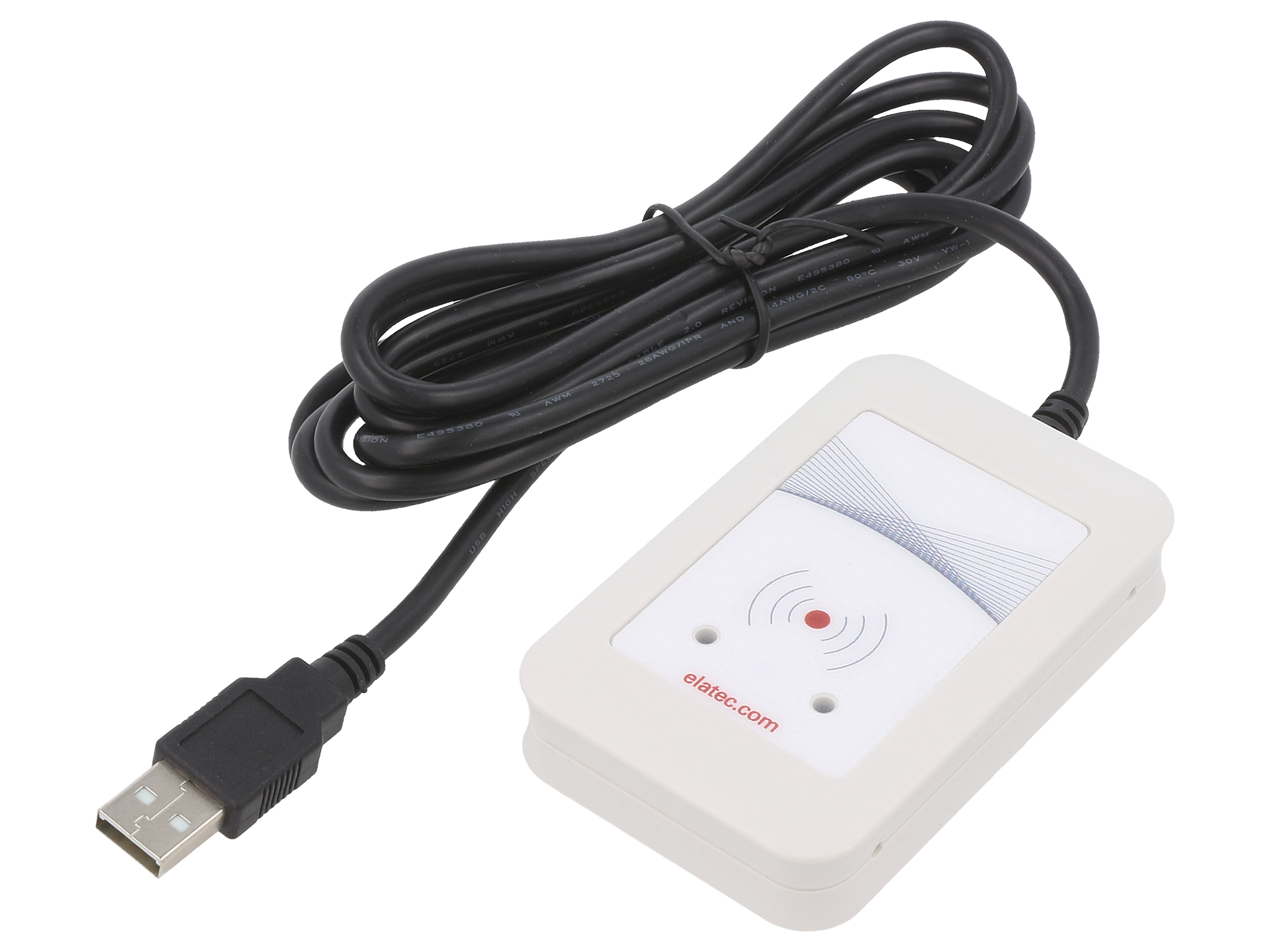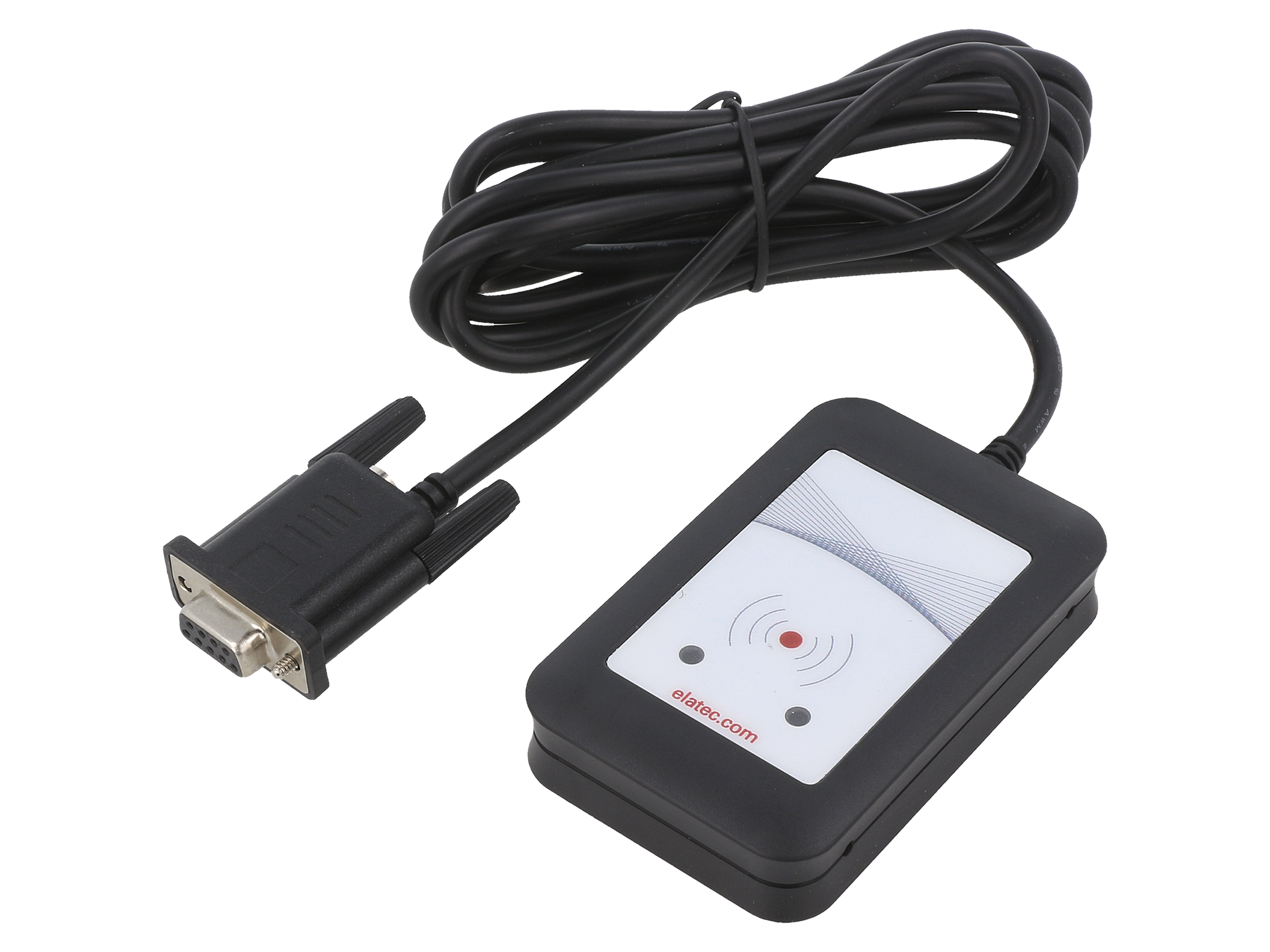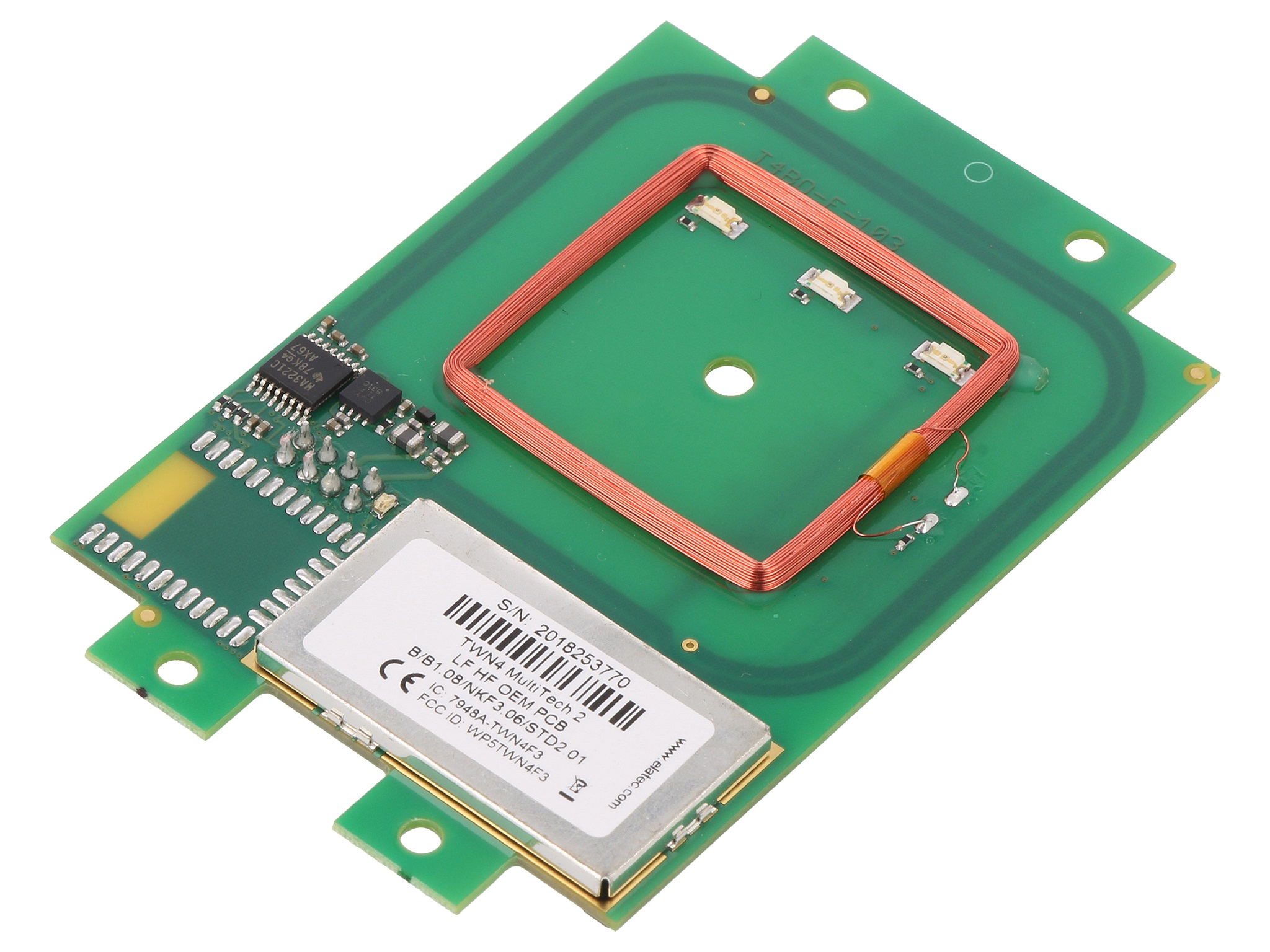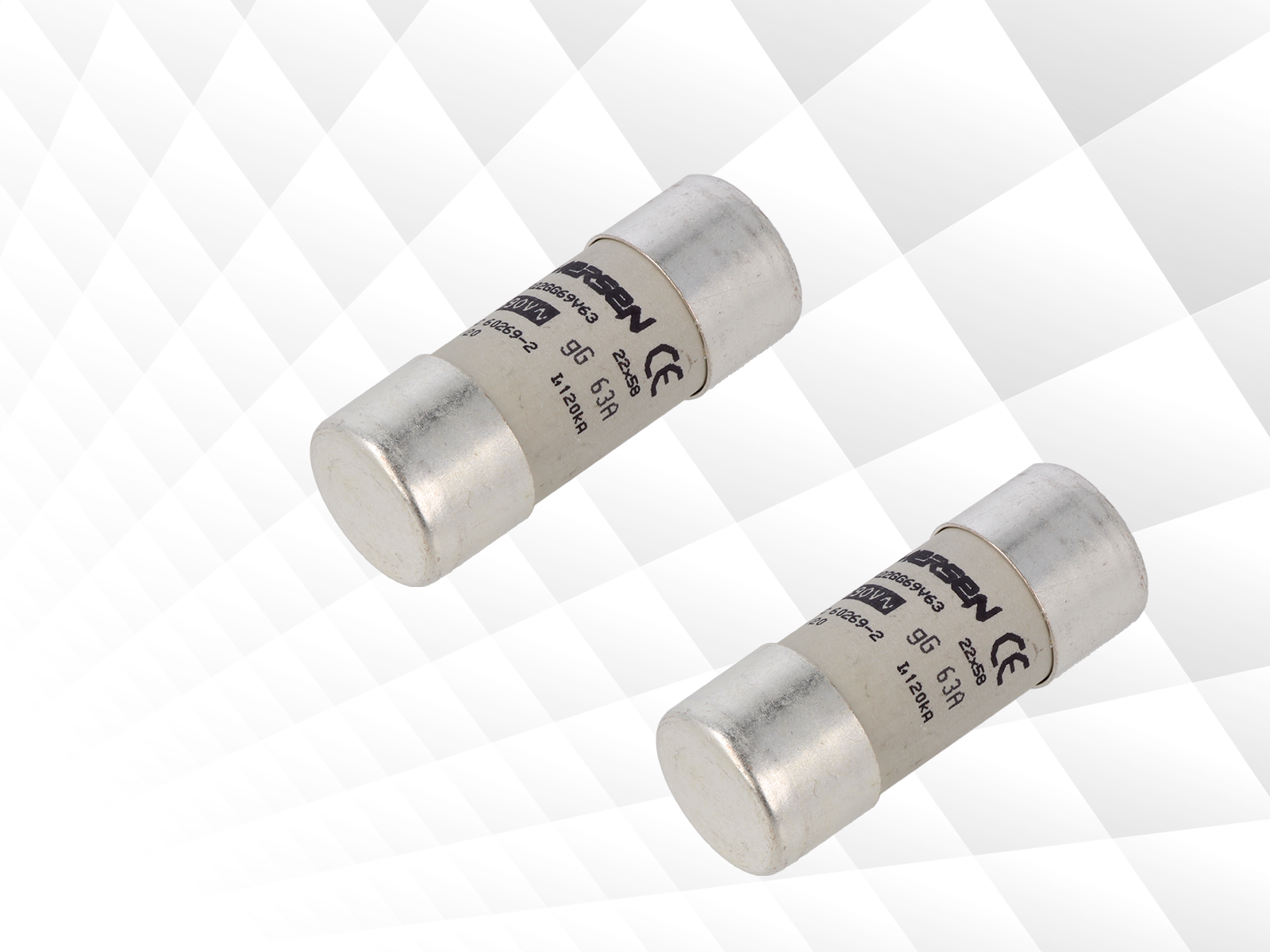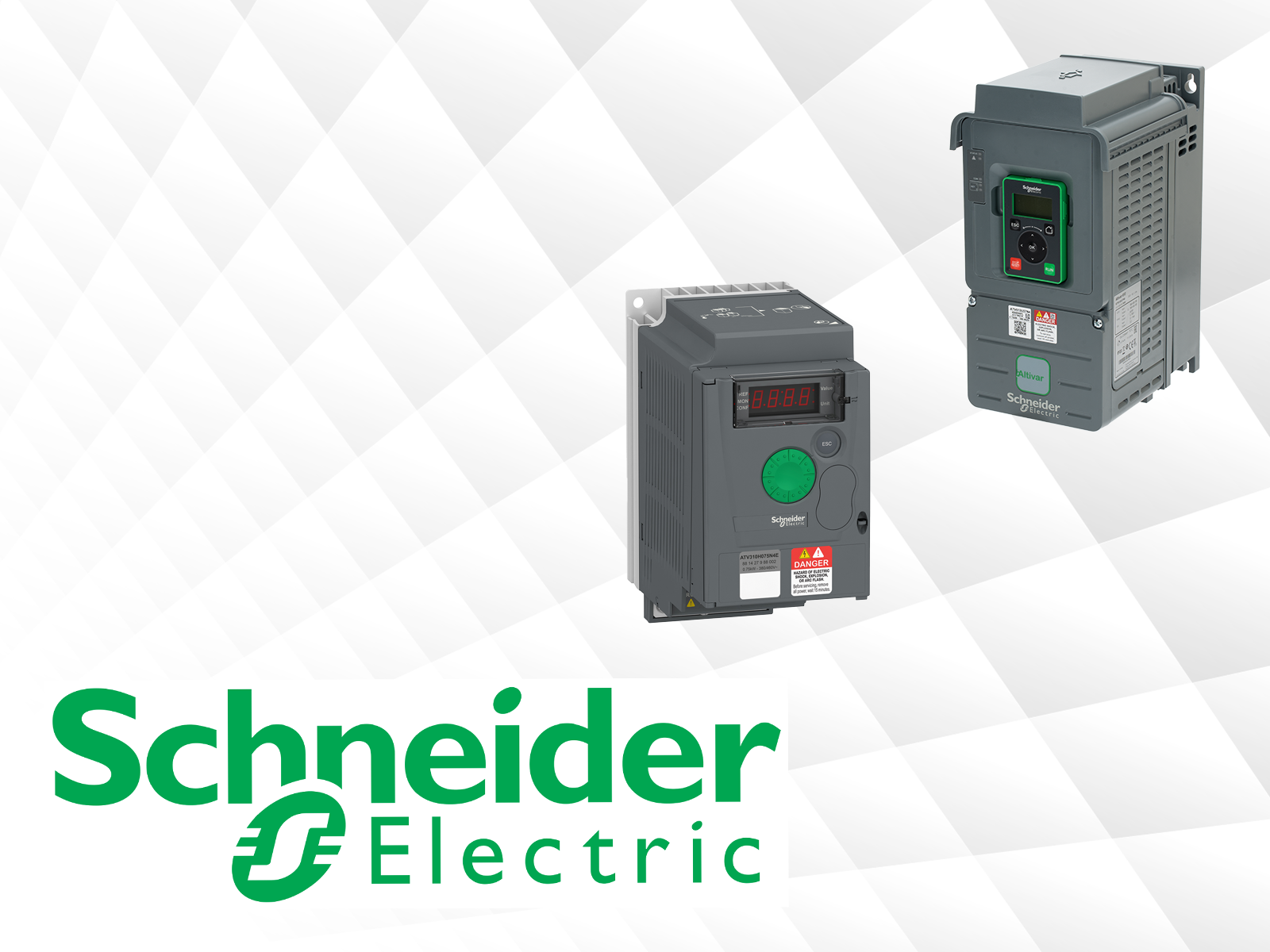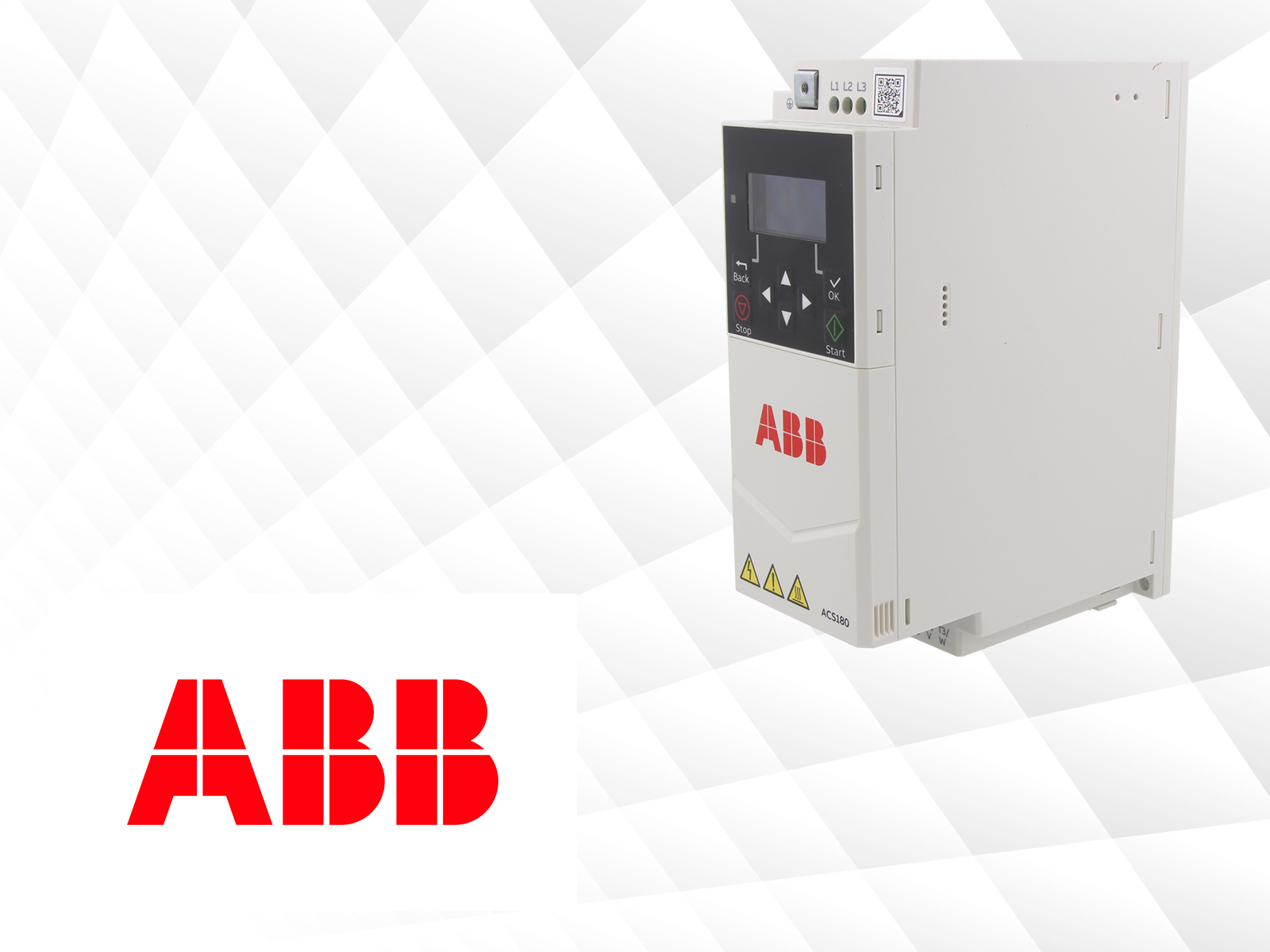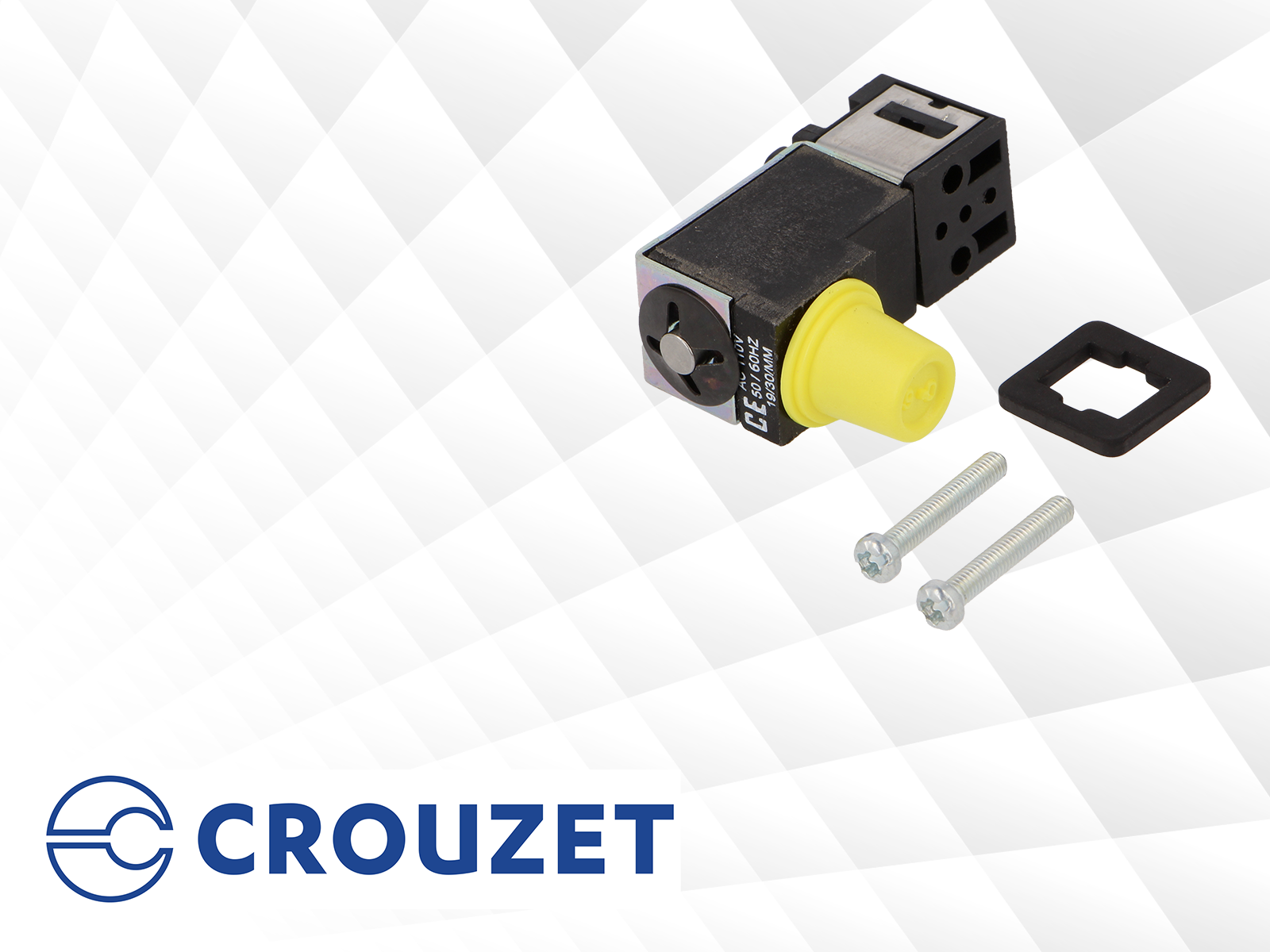There is no doubt that the Radio Frequency Identification (RFID) technology is here to stay. We encounter it every day: when we unlock our car using a keyless entry system, make contactless payments or access buildings, rooms and office equipment (e.g. printers, copiers, etc.). Unfortunately, although RFID is now well established, the technology has not yet been standardised or unified. RFID only specifies the method of data transmission. Communication, however, can be established at different radio frequencies and using different protocols.
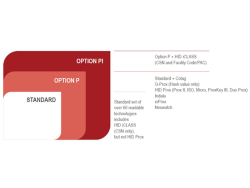
depending on the supported standards.
This is because ever since they were invented, the technologies which we collectively refer to as RFID have been simultaneously developed in different parts of the world by different institutions, laboratories and companies. Over time, it became apparent that the protocols which were at first considered secure did not protect the transmitted data properly. Due to this, the existing norms had to be modernised, and new solutions had to be developed. Nowadays, there are at least several dozen RFID standards. This poses a great challenge for designers, especially if the target application is to exhibit versatility, scalability, backward compatibility and, at the same time, compliance with the latest radio/contactless transmission standards.
This is where RFID readers from the TWN4 Multi Tech 2 series by ELATEC come in handy. These are truly multi purpose devices which support a number of different contactless communication methods. With these readers, transmission is possible at the following frequencies: 125 kHz and 13.56 MHz (including NFC), supporting over 60 popular protocols – the number depends on the version of the device. The ELATEC product range is divided into three variants: STANDARD, P and PI. The most popular (however, not all) standards supported by the individual variants are listed in the illustration above. This includes MiFare, Legic, Nexwatch, HID® iCLASS®, and many more.
The readers are equipped with integrated antennas and come in desktop (white or black ABS housing) or OEM (a PCB which can be built into the target device) versions.
These two versions differ in terms of supported interfaces:
- communication with the master system via USB or RS-232 (desktop variants),
- or via USB, RS232, I2C, SPI, UART, TTL/CMOS GPIO (3.3 V or 5 V DC), and WIEGAND (OEM variants).
Thanks to this, the readers can be used with the majority of popular microcontrollers and microprocessors. What is more, the products can be configured using software provided by ELATEC, which supports Windows, Linux, macOS, Android and iOS operating systems. Most importantly, the manufacturer’s Software Development Kit (SDK) allows you to define a reading of an authorised card/tag as an interrupt signal that triggers a specific subprogram. For authorisation/identification purposes, it is possible to use a smartphone with Android OS supporting the NFC (Near Field Communication) technology instead of a classic RFID card (or an RFID tag). To do that, you can use a dedicated app provided by the manufacturer.
Owing to their compact size, optimal design and wide thermal tolerance ranging from -25°C to 70°C, the readers can be successfully used in many applications, e.g. as access keys for office equipment and EV chargers (user authorisation); in entry authorisation systems allowing you to access buildings/rooms/vehicles; in vehicle fleet management or in car rentals and shared micromobility systems (such as bicycle-sharing systems).
| Specification | |
|---|---|
| Type of communication module | RFID reader |
| Range | 0.1 m |
| Dimensions* | 76 x 49 x 9 mm or 88 x 56 x 18 mm |
| Max. current consumption* | 100…120 mA |
| Frequency | 125 kHz and 13.56 MHz |
| USB speed | Full Speed |
| Data transmission rate | 848 kbps |
| Housing material* | ABS |
* depending on the model


